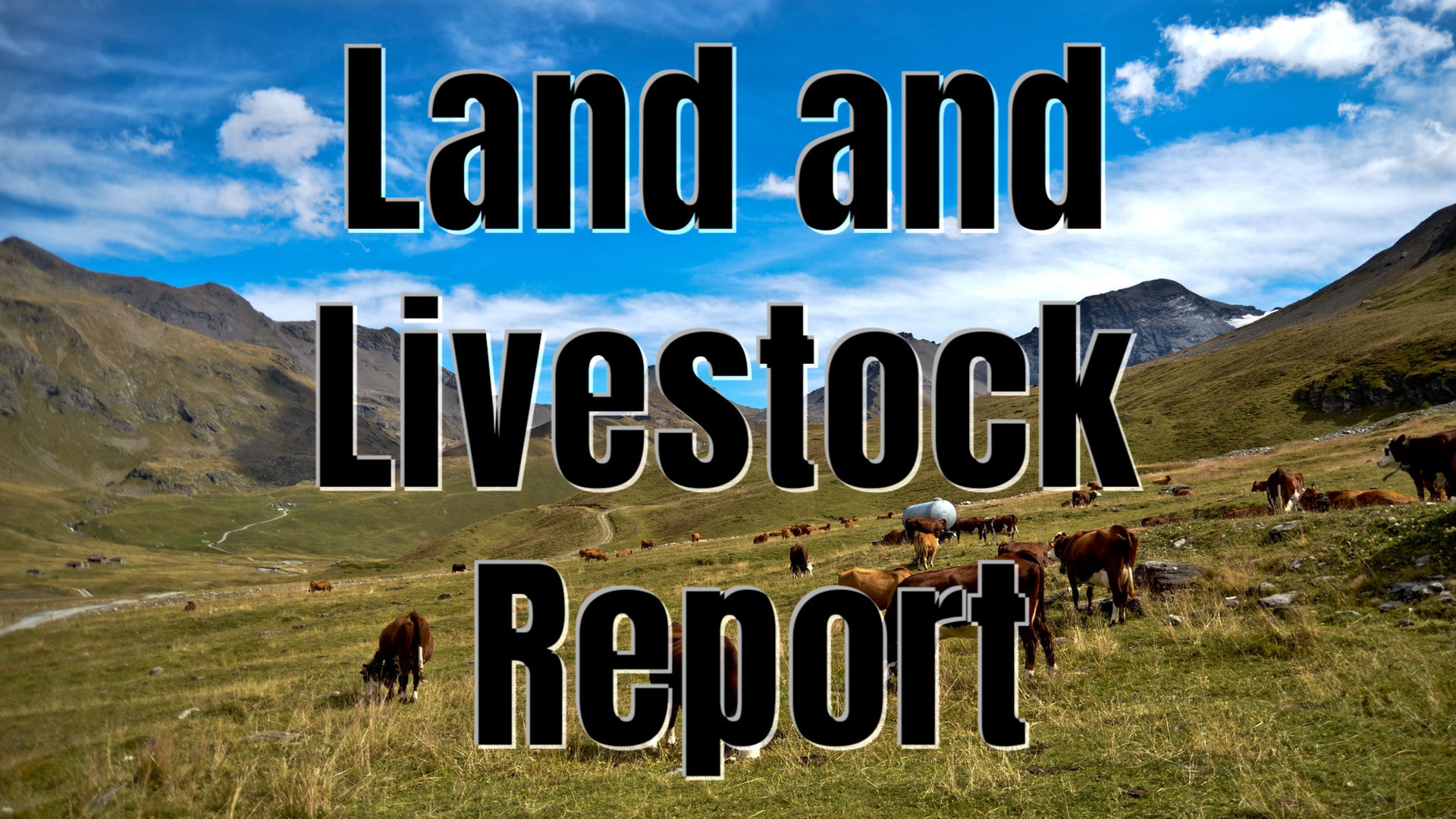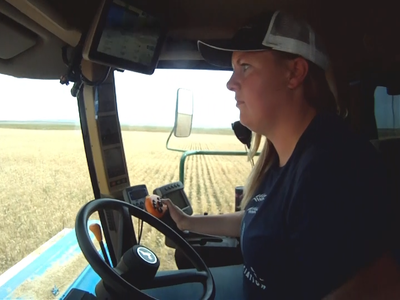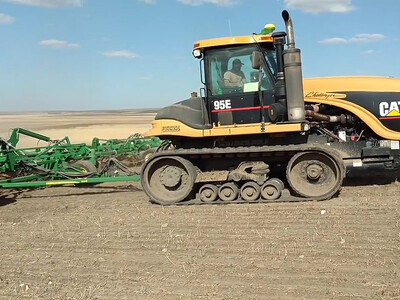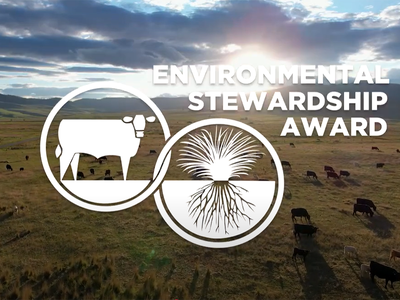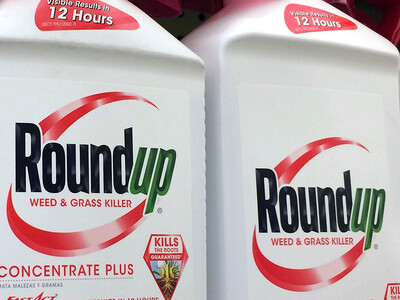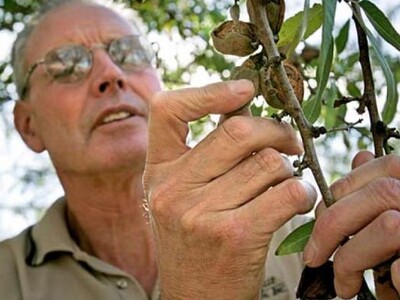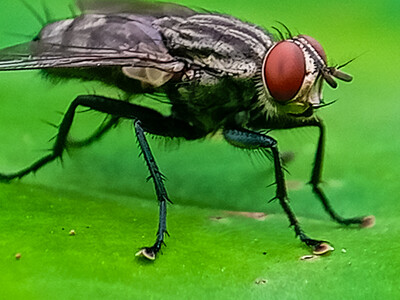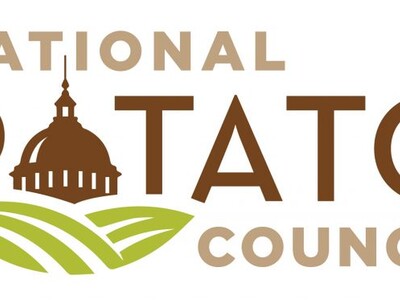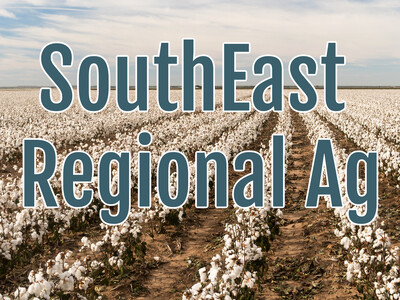Fetal Programming of Carcass Characteristics
Many ranchers when thinking about how to improve carcass quality will likely focus on the nutrition and management of a calf from birth until processing. However, one fact that may have an important role in determining a calf’s carcass quality is often not considered -- that is the nutrition of cows during pregnancy.
South Dakota State University Extension Meat Specialist Dr. Keith Underwood shares that there is research on the relationship between a cow’s diet during gestation and that cow’s offspring’s ultimate carcass quality.
Underwood: “There is the opportunity to have fetal programming or developmental programming that will affect these animals later in life when you provide different planes of nutrition during different parts of gestation. This is a very complex topic and we don’t know everything about it as of yet. But we do know that there is the possibility to change the amount of muscle and possibly adipose tissue that is in the progeny at a slaughter endpoint when you look as some of the research that is out there.”
SDSU research is focusing on whether a cow doesn’t needs as much nutrition during the mid- to late gestation period as Underwood explains.
Underwood: “We were thinking that might be a way to decrease the amount of money that producers would have to carry the amount of feed that they needed in the winter for their cowherds. Then we wanted to know how that would affect subsequently the progeny. So that is what our research is focusing on -- looking at a lower plane of nutrition. If those animals were placed on a lower plane of nutrition versus a group that is fed basically to maintain their condition throughout the winter as they would normally be fed.”


